| Otros nombres | Cuchilla peletizadora de plástico, Cuchilla cortadora de pellets de plástico, Cuchilla granuladora de plástico, Cuchilla peletizadora de plástico |
|---|---|
| Lugar de origen | Porcelana |
| Solicitud | Industria del reciclaje de plástico |
| Material | Sk2, HSS, M2, SKD11 |
| Número de modelo | CB-PC |
| Servicio OEM | Disponible |
| Términos de pago | LC, T/T, Western Union |
| Paquete | Caja de cartón, En cajas de madera. |
| El tiempo de entrega | 7-20 días |
Compartir a:
Plastic pelletizer blades, también conocido como cuchillas granuladoras, pelletizing knives, o rotor knives y stator knives (depending on their position in the pelletizer), are critical cutting tools used in plastic pelletizing machines. These machines reduce larger pieces of plastic into small, uniform pellets or granules, which are the primary feedstock for manufacturing various plastic products. Plastic pelletizer blades are specifically designed to efficiently and cleanly cut different types of plastic materials into these consistent pellet sizes.
Plastic pelletizer blades are essential in the plastic recycling and manufacturing industries. Their main applications include:
Los materiales utilizados para plastic pelletizer blades must be highly wear-resistant to withstand the abrasive nature of some plastics and fillers, as well as the continuous high-speed operation of pelletizing machines. Common materials include:
The hardness of plastic pelletizer blades typically ranges from HRC 52 to 65, depending on the material and the type of plastic being processed. Proper heat treatment is crucial to achieve the optimal balance of hardness and toughness. Coatings like chromium plating or titanium nitride (TiN) can be applied to further enhance surface hardness, reduce friction, and improve corrosion resistance.
Plastic pelletizer blades come in various shapes and configurations depending on the type of pelletizing machine (e.g., strand pelletizers, underwater pelletizers, die-face pelletizers) and the desired pellet size and shape. Common shapes include:
The working principle involves the rotating plastic pelletizer blades (rotor or fly knives) passing closely by the stationary stator knives or the die face, cutting the continuous strands or the extruded melt into small pieces. The clearance between the rotor and stator knives is critical for clean cutting and preventing material from being smeared or pulled. The speed of rotation and the feed rate of the plastic material determine the size and shape of the resulting pellets. Different blade geometries and cutting configurations are used to optimize pellet quality and production efficiency for various types of plastics and throughput requirements.
Fácil de disfrutar de la comodidad de importar, desde el transporte hasta el despacho de aduana, manejamos todo el proceso, usted solo necesita pagar el IVA y esperar a que la mercancía llegue a la empresa.
Hemos visto sus hojas utilizadas en innumerables aplicaciones y estamos listos para manejar cualquier proyecto que se nos presente, brindando precisión, durabilidad y precios competitivos inigualables.
Ya sea que nos proporcione dibujos, bocetos o muestras, podemos diseñar y fabricar para usted. También tenemos la capacidad de ayudarlo a modificar diseños y especificaciones existentes para mejorar casi cualquier aplicación de herramientas industriales. Comuníquese con nuestro equipo de ventas especializado para analizar sus requisitos específicos.
Se realizan una serie de pruebas e inspecciones para controlar la calidad, incluida la inspección del primer artículo, la inspección del material entrante y los materiales certificados, la inspección de calidad en proceso y la inspección de calidad final.
Ya sea que sea un importador, distribuidor, mayorista o usuario final, lo invitamos a unirse a nosotros con un MOQ mínimo, sin problemas para realizar consultas y más libertad para comprar.
Conviértete en su monitor exclusivo, transmisión regular de cada nodo importante en la línea de producción, sin importar cuán lejos esté, ¡el progreso del producto lo más lejos posible para captar!
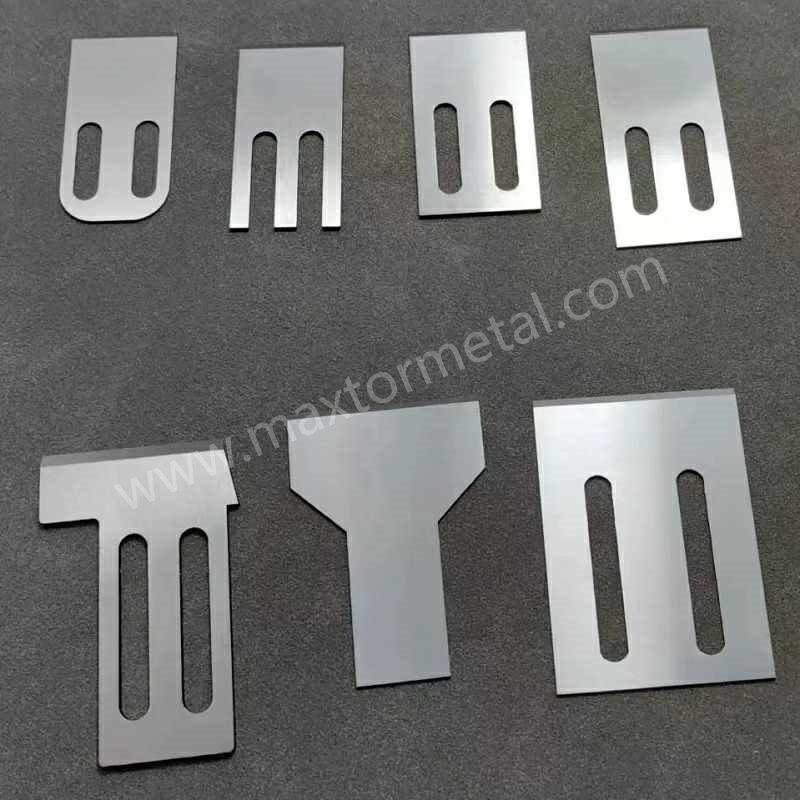
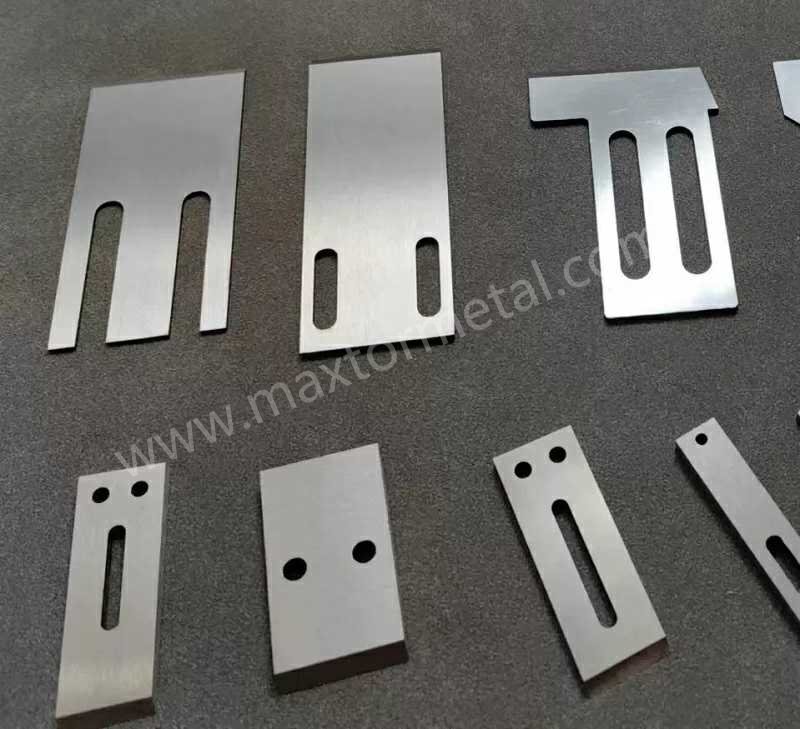
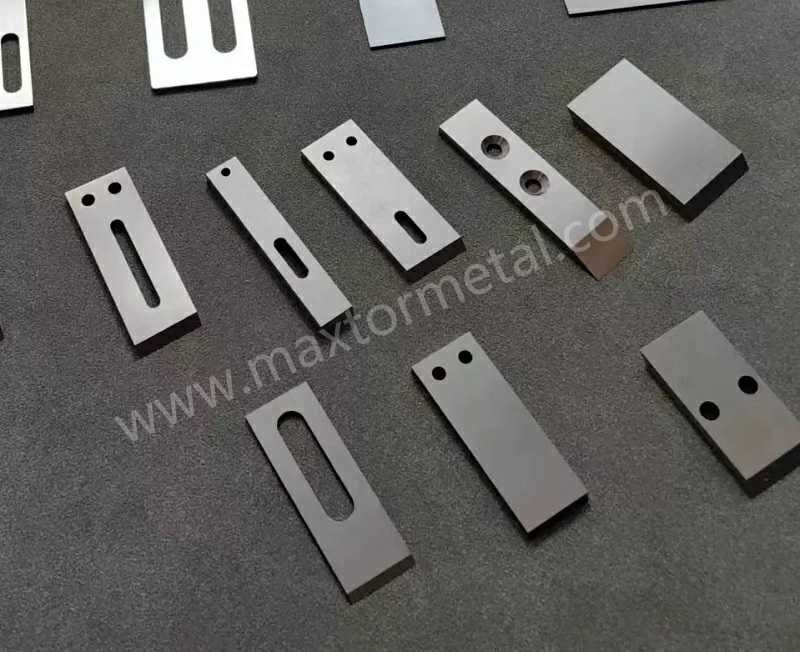
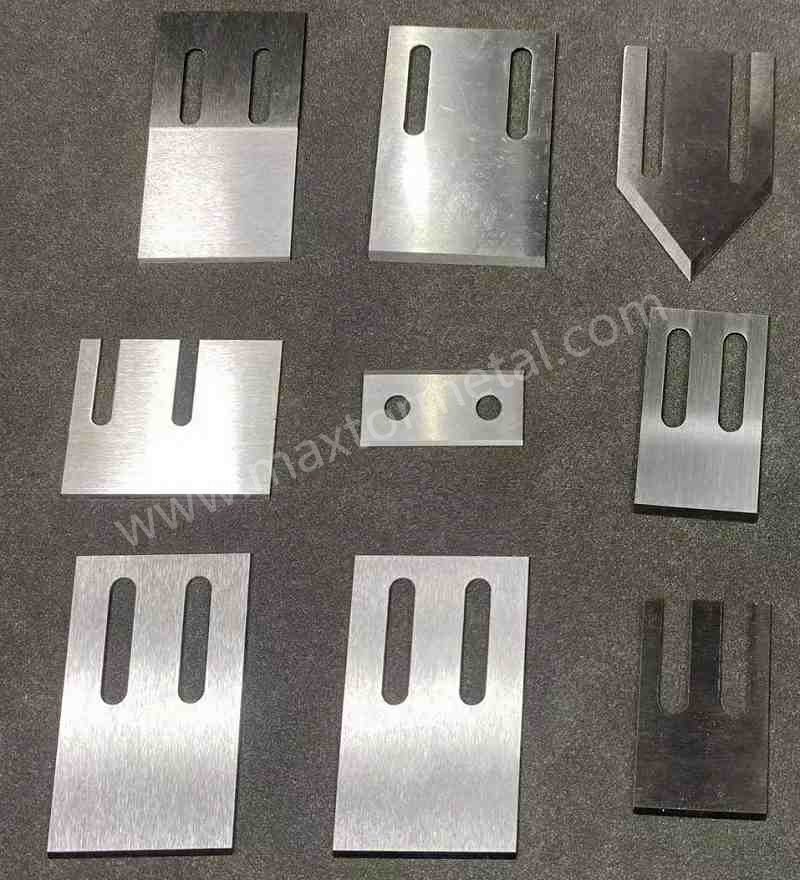
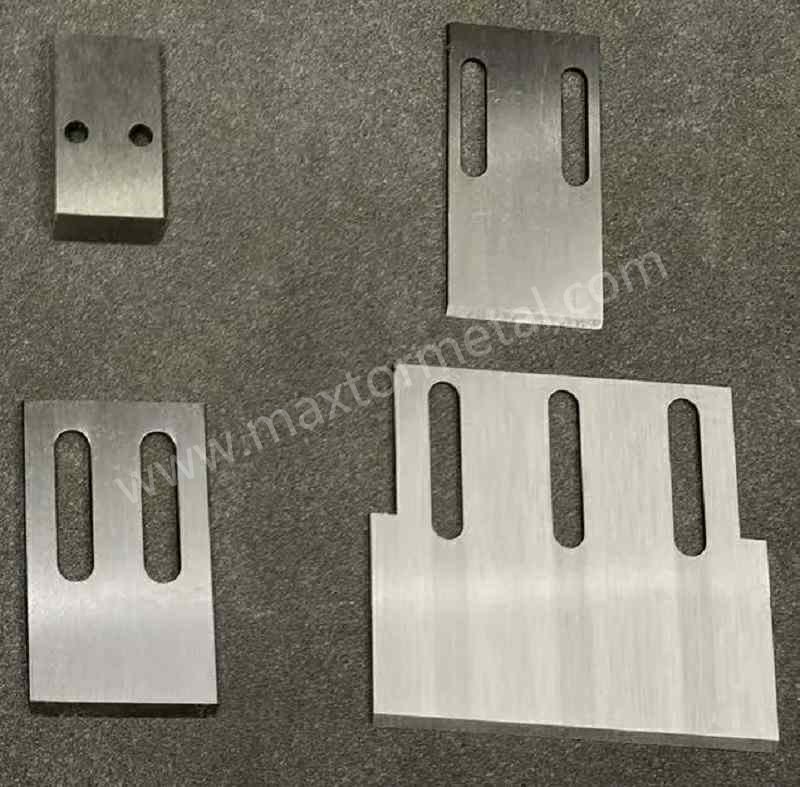
Nanjing Metal Industrial CO., Limitado
Parque industrial Mingjue, Lishui, Nanjing, Jiangsu, China
Manténgase al día con nuestras últimas noticias.